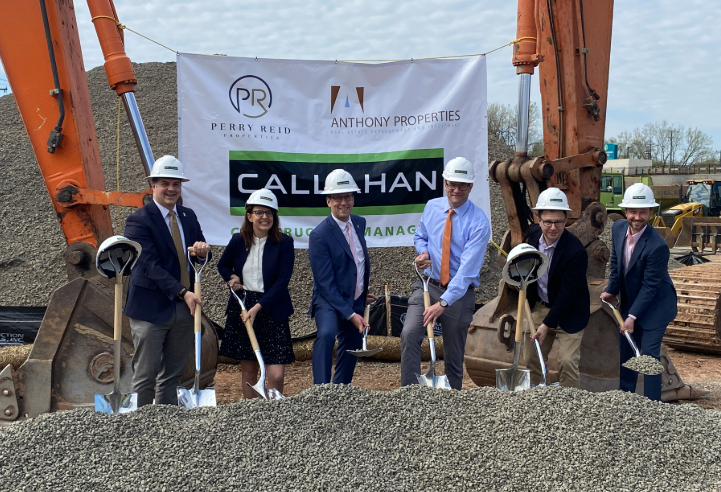News: Connecticut
Posted: January 2, 2008
IREM study profiles the Accredited Management Organization
Real estate management firms holding the Accredited Management Organization (AMO) accreditation manage approximately 2.6 million residential units and more than 1 billion net s/f of commercial space, the total value of which exceeds upwards of $289 billion. Conventionally financed apartments predominate in a majority of residential portfolios, followed by condos/co-ops and HOAs, and then affordable/federally assisted housing. Office buildings predominate in a majority of non-residential or commercial portfolios, followed by shopping centers and other retail properties, and then industrial parks and other industrial facilities.
These are among the just-released findings of the 2007 edition of the Accredited Management Organization Profile Study conducted by the Institute of Real Estate Management. AMO accreditation recognizes excellence among real estate management firms, with credentialing requirements that include maintaining appropriate insurance coverage to ensure financial stability; passing an independent financial review; having a CPM Member in an executive position to supervise management operations; and promising to uphold the Minimum Standards and Codes of Ethics of the Accredited Management Organization.
IREM periodically surveys AMO firms - of which there currently are 500 with a total of 621 branches - to gather information on their key characteristics and financial practices, including income and expenses by real estate function, property management income as well as benefit and compensation packages. The study is used by many in the real estate management industry as a guideline on compensation, benefits, and office practice trends.
Among other key findings of the 2007 edition of the study:
* Most of the firms who responded are involved in real estate management activities other than property management; however, property management typically consists of their greatest source of income and their greatest share of expenses.About 58% of those responding are compensated based on a percentage of gross income, with 16.2% paid a flat/basic fee, and 15% receiving a percentage of effective gross income.
* More than four-in-10 firms responding said that their firm's portfolio consisted entirely of third-party owned property, with 53% saying that it accounted for 90-or-more percent.
* On average, about 72% of all property managed by AMO firms is managed on a fee basis for third-party owners, with the remaining property managed and owned by the firm.
* Approximately 76% of respondent firms are organized as corporations. And more than 16.2% are organized as limited liability companies, up from 2.2% in a similar study conducted in 1996.
* Only 5% of respondent firms are organized as partnerships.
* More than 50% of respondent firms operate one or more branch offices in addition to a headquarters office.
* The average AMO firm employs 261 people, including a total of six or more IREM-credentialed CPM and ARM Members.
* More than 83% of respondent firms were established after 1960, with 61% achieving AMO status since 1991, and more than 83% achieving it since 1981.
Study Methodology
The study findings summarize the results of the AMO Confidential Inventory Survey fielded online by the IREM Research Department in January 2007. Findings are based on responses received from 75 Accredited Management Organizations.
Tags:
Connecticut
MORE FROM Connecticut
Highcap Group brokers $41.1 million sale of two building multifamily portfolio
Norwalk, CT Highcap Group has completed the sale of two luxury multifamily properties with a total of 120 units for a combined purchase price of $41.4 million.








